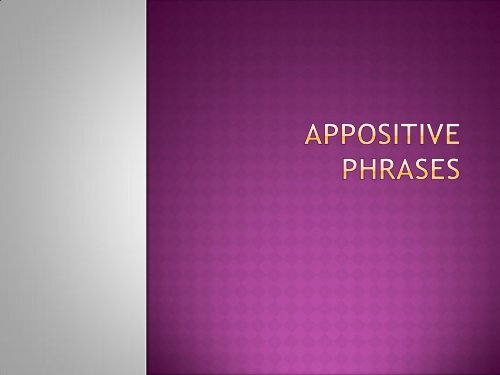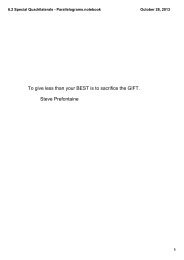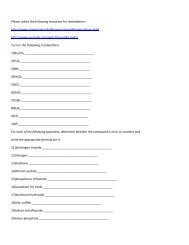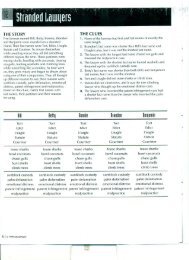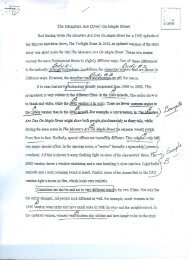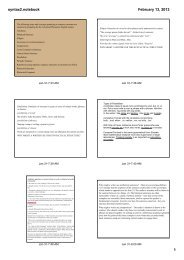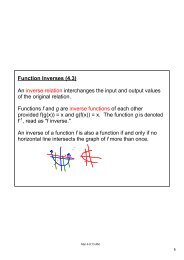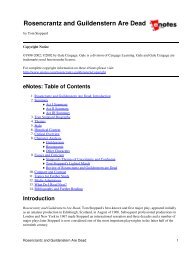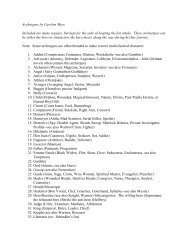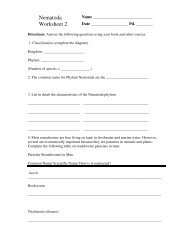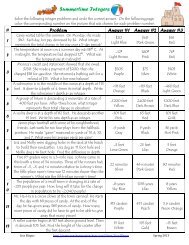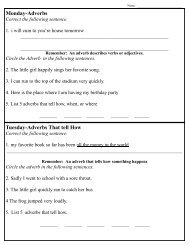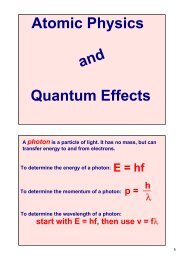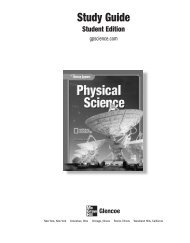Appositive Phrases.pdf
Appositive Phrases.pdf
Appositive Phrases.pdf
Create successful ePaper yourself
Turn your PDF publications into a flip-book with our unique Google optimized e-Paper software.
A noun or pronoun placed after another noun<br />
or pronoun to identify, rename, or explain<br />
the preceding word.<br />
It is used to define and add important details<br />
so that writing is more precise.
The painter Pablo Picasso lived in Spain.<br />
I want to visit Spain’s famous museum, The<br />
Prado.<br />
His painting Guernica impressed my father.
A noun or pronoun with modifiers<br />
It stands next to a noun or pronoun and adds<br />
information or details.<br />
You do not have a subject and a verb in an<br />
appositive phrase.
Willa Cather, an American novelist, wrote My<br />
Antonia.<br />
Lisbon, a thriving port in Portugal, has often<br />
been the scene of espionage.<br />
The shopping center-a network of<br />
restaurants, shops, and people-provides<br />
many jobs.
Use commas when the appositive adds extra<br />
information.<br />
Jean Champollion, a French scholar, deciphered the<br />
Rosetta stone.<br />
Do not use commas when the appositive is need<br />
to make the sentence clear.<br />
The French scholar Jean Champollion deciphered the<br />
Rosetta stone.<br />
Use dashes or semicolons when the appositive<br />
consists of a list.<br />
Many destructive forces-fires, tornadoes, typhoons,<br />
hurricanes, and blizzards-force neighbors to support<br />
one another.


